An air pressure tank is a pressure vessel that gets its air directly from the compressor and is used as the primary and secondary tank in regular compression cycles. It supplies pressurized air even when the compressor is not running. Read More…
If you are looking for innovative pressure vessels, you’ve come to the right place! We actively manage your project every step of the way. We keep you informed of what we are doing to ensure we keep up to your standards and delivery times.
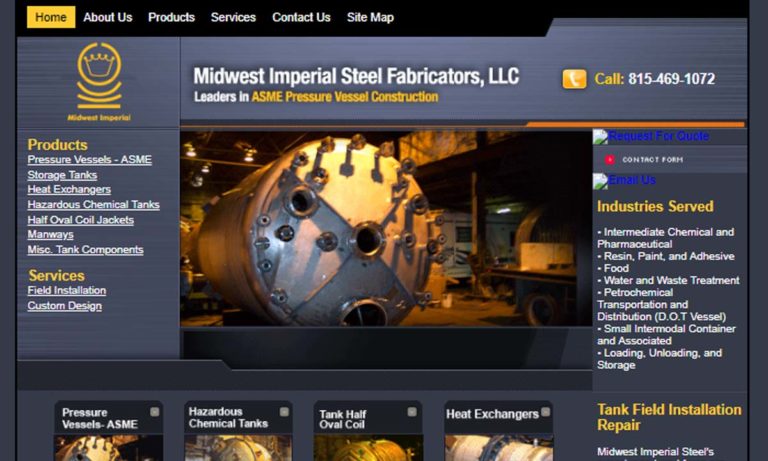
Gladwin Tank Manufacturing builds custom ASME pressure vessels. We work with stainless, carbon, duplex and the nickel alloys and offer custom rolling, plasma, and water jet cutting. Paired with our expertise in multiple welding procedures, we’re capable of handling every project, large and small. Contact us for your custom build requirements. We are more than just pressure vessels, we...
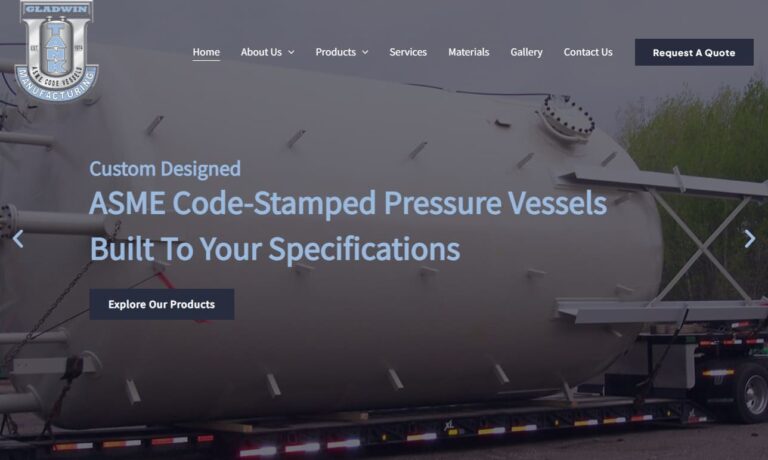
Rexarc’s focus is on the fabrication of custom stainless and carbon steel pressure vessels. We welcome applications with pressures between 500 and 5,000 psi. After nearly 100-years of being in business, Rexarc has the knowledge, attitude, equipment, and processes to support your needs in vessel production and value add services of piping, instrumentation, paint, and other controls...
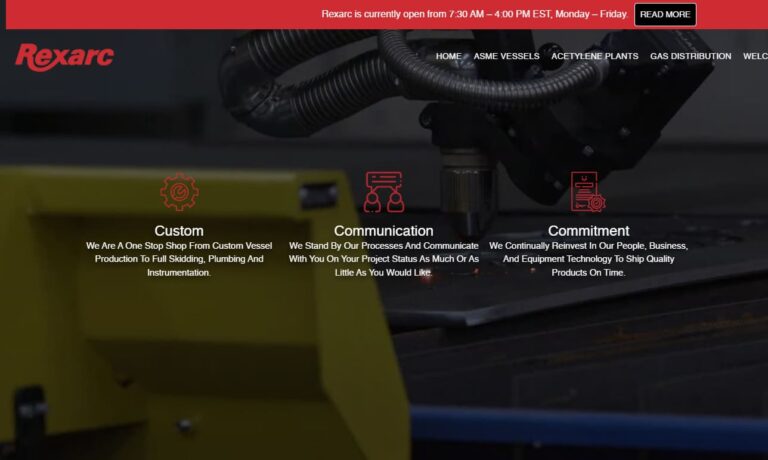
Midwest Tank Company has provided quality tanks to small and large corporations and contractors since 1972. Our reputation is built on exceptional services and customer satisfaction! Our fabrication techniques have been developed through years of tank specialization, combined with personnel who are experienced in all phases of our operation.
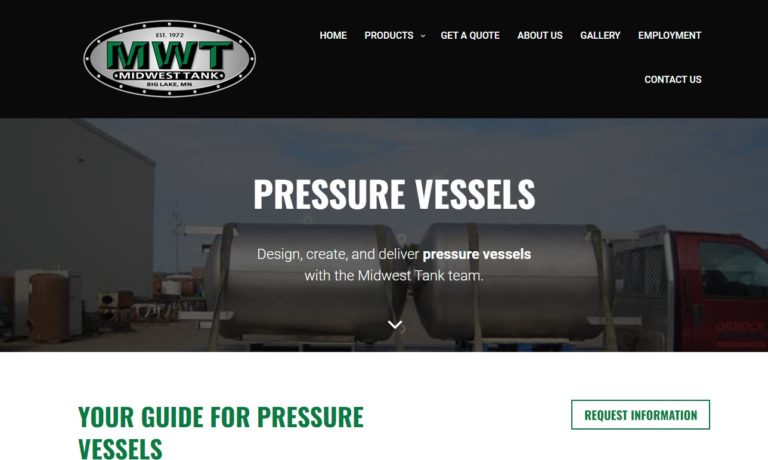
For the most challenging requests, experience and state-of-the-art machinery allow Pressure-Tech to design and manufacture top-of-the-line pressure vessels. By holding "U", "H" & "R" code stamps and employing FCAW, GMAW & SAW welding procedures for carbon & stainless steel vessels, we can provide you with custom pressure vessels fabricated to meet ASME specs, as well as non-code pressure vessels.
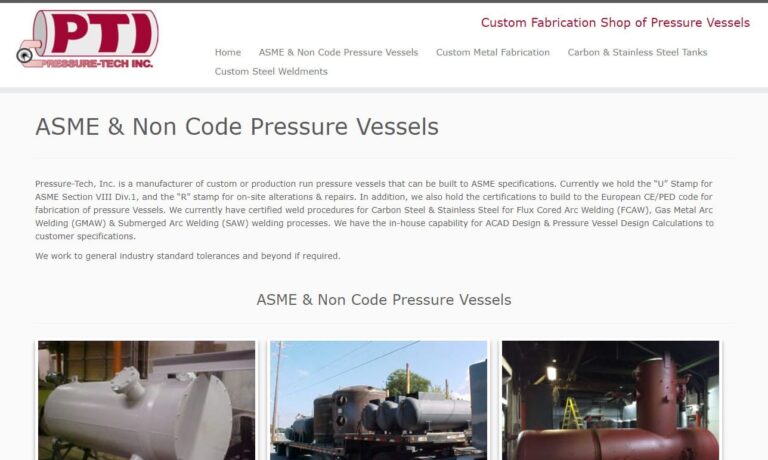
More Air Pressure Tank Manufacturers
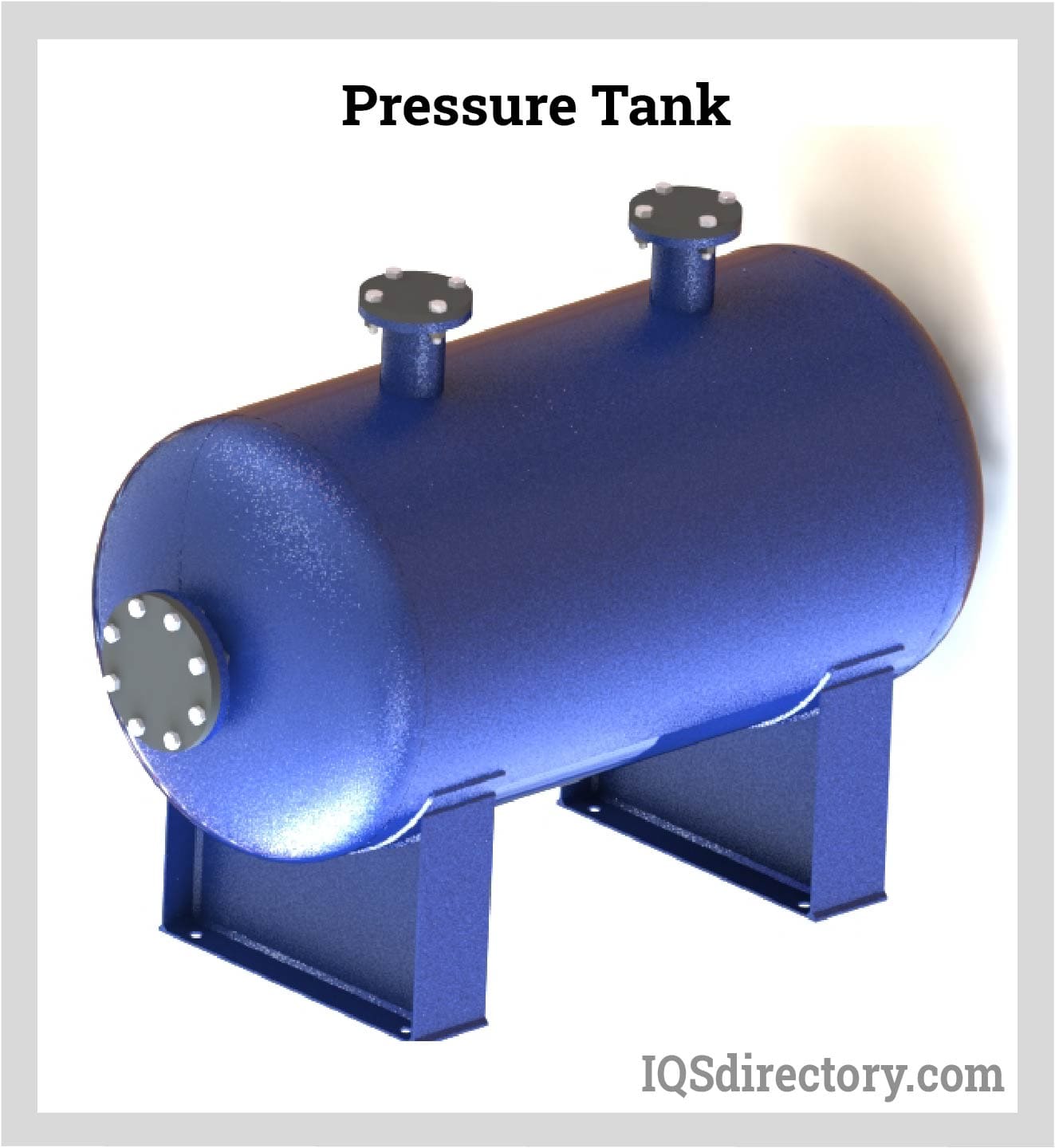
Applications
In the compressed air system, the air receiver tank serves three primary purposes:
Compressed Air Storage
The primary purpose of an air receiver tank is to provide momentary compressed air storage. By storing compressed air, the system may spread out the peaks in compressed air demand throughout a shift. Short, high-demand actions that can be powered by this air for up to 30 seconds include someone using a blowgun to dust themselves off or briefly firing a sandblaster.
The air in the tank is still available even if the compressor is not running. By avoiding sudden demands on the air compressor, having compressed air on hand increases system longevity. In addition, if one uses an air receiver tank, one may be able to complete larger jobs with a lesser horsepower compressor.
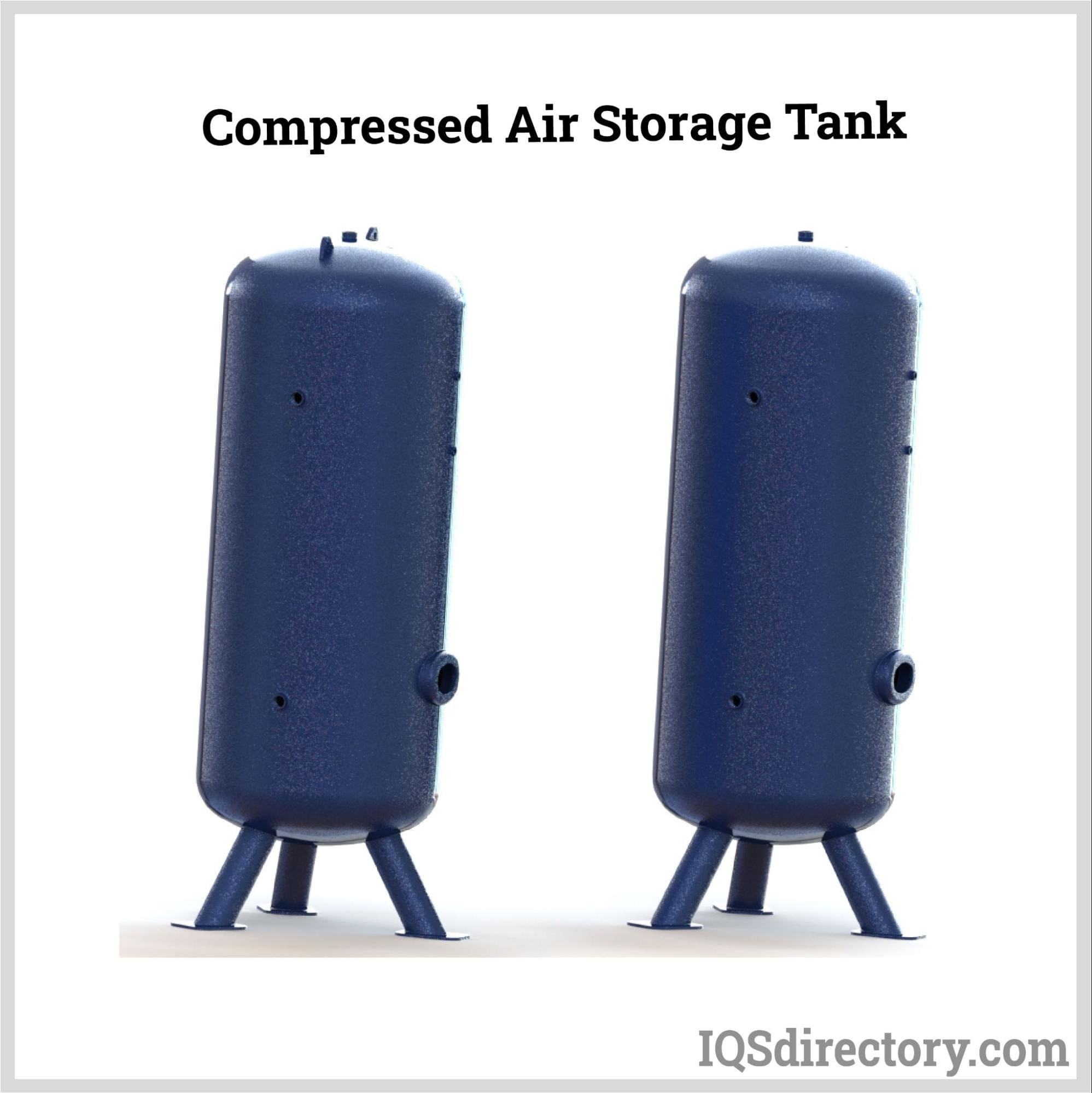
Control of a Compressor
Short-cycling and over-pressurization are prevented by the air receiver tank, which continuously supplies air to the compressor controls. A "cycle" is the term used to describe each time the system turns on and off; the compressor motor should maintain cycles for as long as feasible. Frequent brief cycling will eventually cause switches and other compressor parts to fail early. Rapid cycling can cause the motor contactor to wear out too quickly or possibly produce a direct motor short due to winding insulation. The air receiver tank prevents short cycling and controls more stable system pressure.
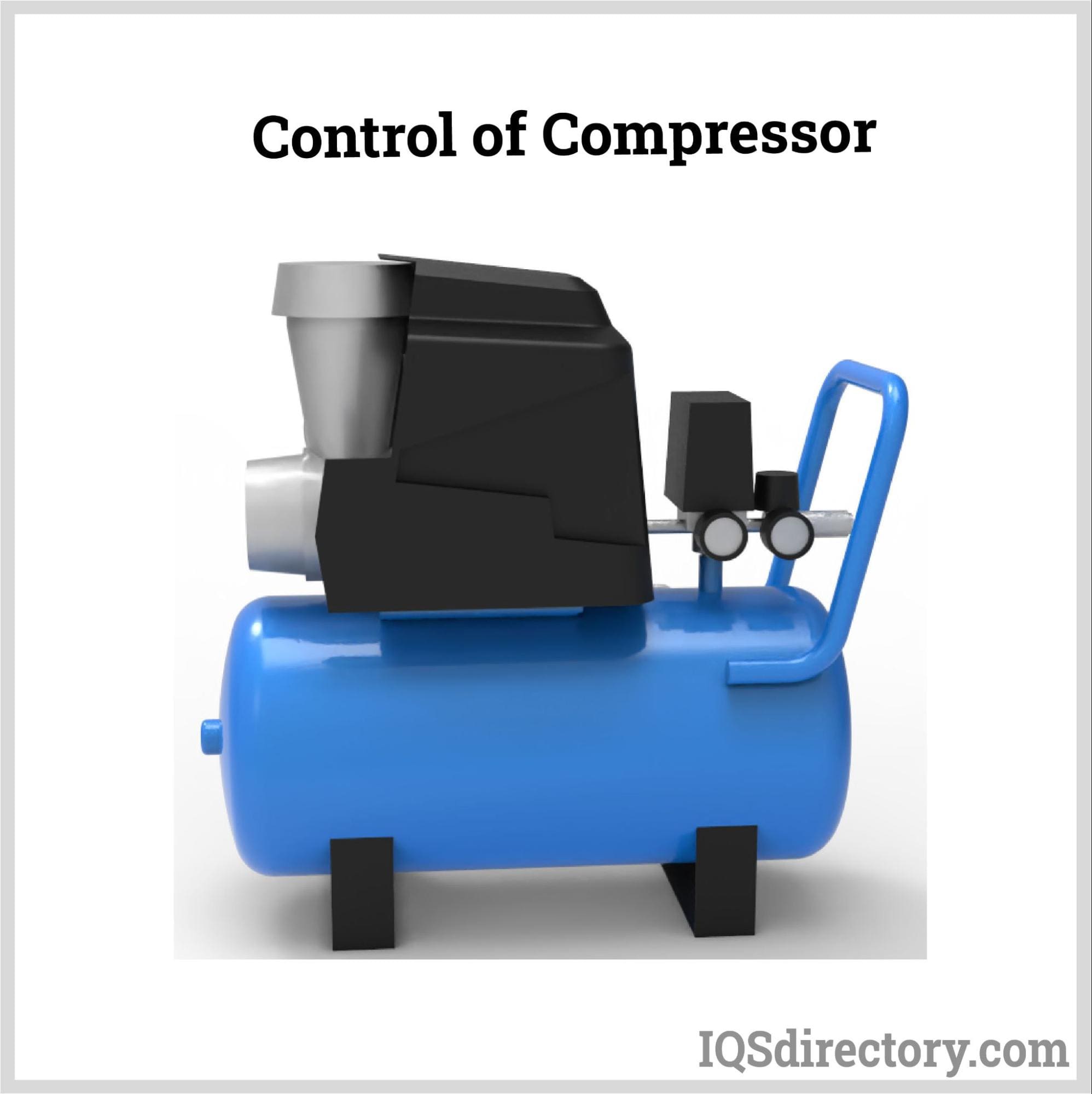
Heat Exchanger
A straightforward physical principle states that as air is compressed under pressure, its temperature rises. The air emitted from the air compressor may be as hot as 250–350°F, depending on the air compressor used. Most air-operated equipment cannot be directly used because it is too hot. More moisture is present in hotter air, which leads to an overabundance of water vapor that, if not eliminated, will condense in tools and control lines. Before being used, the condensed air needs to be cooled and dried. The air in the air pressure tank cools down while it is there.
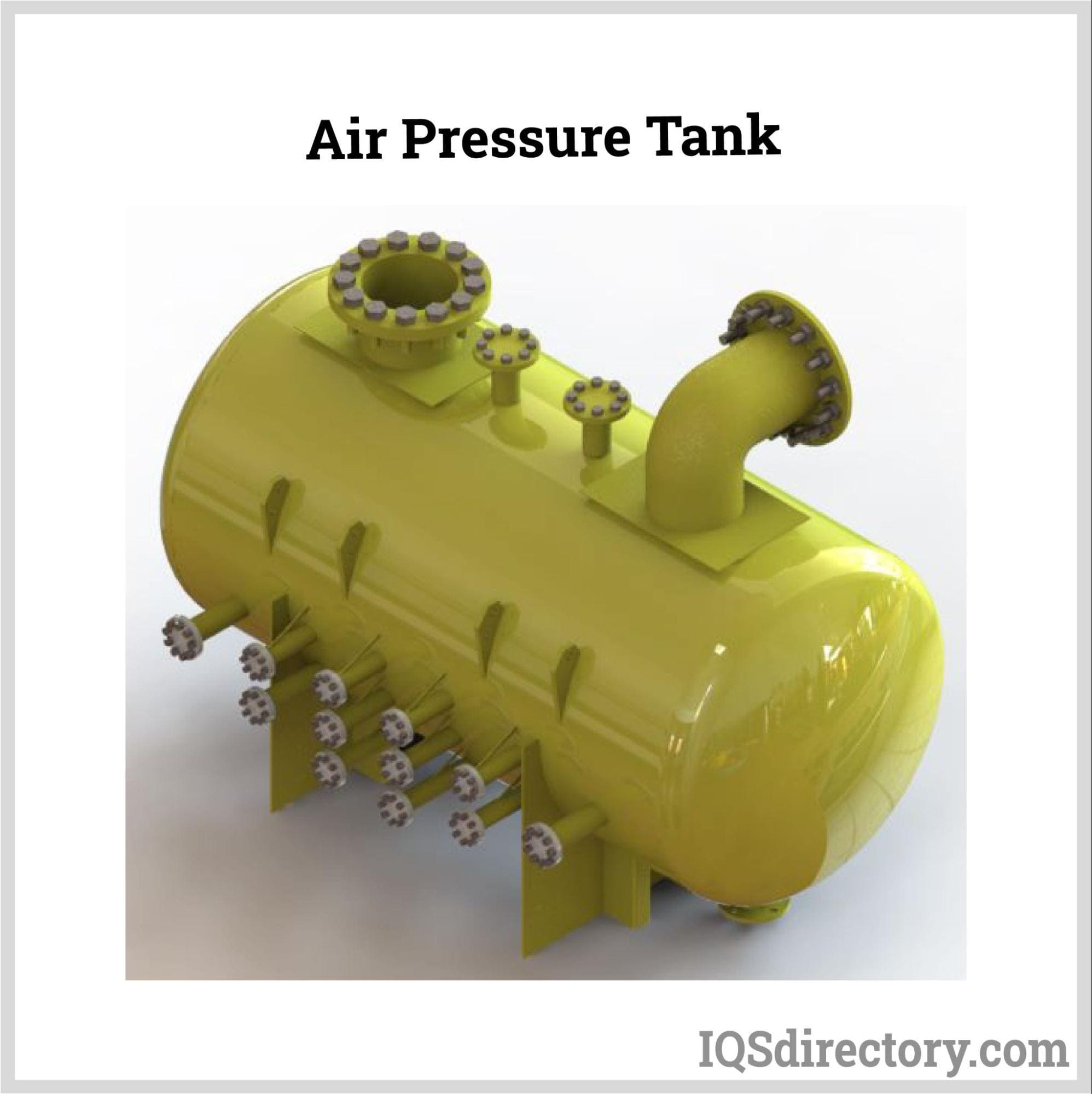
Benefits of Air Pressure Tanks
The compressed air system becomes substantially more effective after installing an air receiver tank. Air pressure tanks achieve this by:
- Reduced Compressed Air Waste: While the air compressor cycles on and off, compressed air may be lost. Every time a rotary screw air compressor discharges its load, the sump tank (oil tank) is evacuated. Compressed air is released during venting. As a result, a company can lose thousands of cubic feet of compressed air that could have been used to power various activities over time. Regular cycling and venting are decreased with an appropriately sized air storage tank. One can lower the pressure at which the air compressor operates.
- Reducing the Air Compressor's Operating Pressure: An air compressor’s operating pressure can be reduced by using compressed air storage. The system will have to operate at greater pressures to keep up with peak demands if there is no compressed air reserve from which to draw. As a result, annual energy costs could increase by hundreds or thousands of dollars. As previously mentioned, adding an air receiver tank to the compressed air system will smooth out these demand peaks, enabling one to meet sporadic spikes in demand without raising the system's overall pressure.
- Improving the Dryer's Efficiency: The air receiver tank's heat exchanger feature aids in raising the effectiveness of the air dryer. Air cools as it gently circulates through the receiver tank. More moisture condenses and falls out of the air as a liquid because cooler air can't store as much moisture as warm air. The water can drain out of the tank thanks to a valve at the bottom. By removing some moisture first, the air receiving tank reduces the effort the air dryer needs. This reduced effort saves more energy as a result of this increased efficiency.
Contrasts Between Wet and Dry Compressed Air Storage Tanks
There is no variation in the construction or design of the tanks; the only difference is where it is located within the compressed air system.
- Wet Storage Tanks: The air drying system is situated before the "wet" storage tanks. In this configuration, air enters the tank through the bottom port from the compressor and leaves the tank through the top port to the dryer.
- Dry Storage Tanks: Compressed air that has already been dried and filtered is kept in "dry" storage tanks situated after the air dryers. The compressed air does not have to circulate through the tank for dry storage.
Choosing the Correct Air Pressure Tank Supplier
To make sure you have the most productive outcome when purchasing air pressure tanks from an air pressure tank supplier, it is important to compare at least 5 suppliers using our air pressure tank directory. Each air pressure tank supplier has a business profile page that highlights their areas of experience and capabilities and a contact form to directly communicate with the supplier for more information or request a quote. Review each air pressure tank business website using our patented website previewer to get an idea of what each business specializes in, and then use our simple RFQ form to contact multiple air pressure tank businesses with the same form.

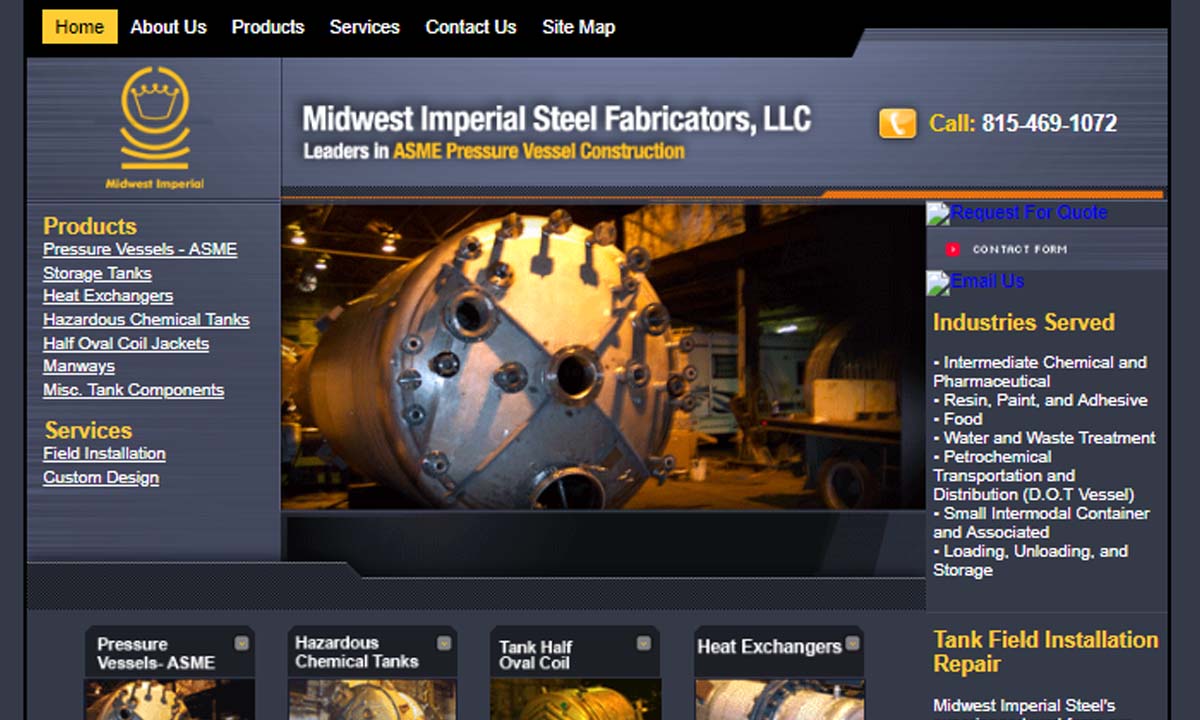
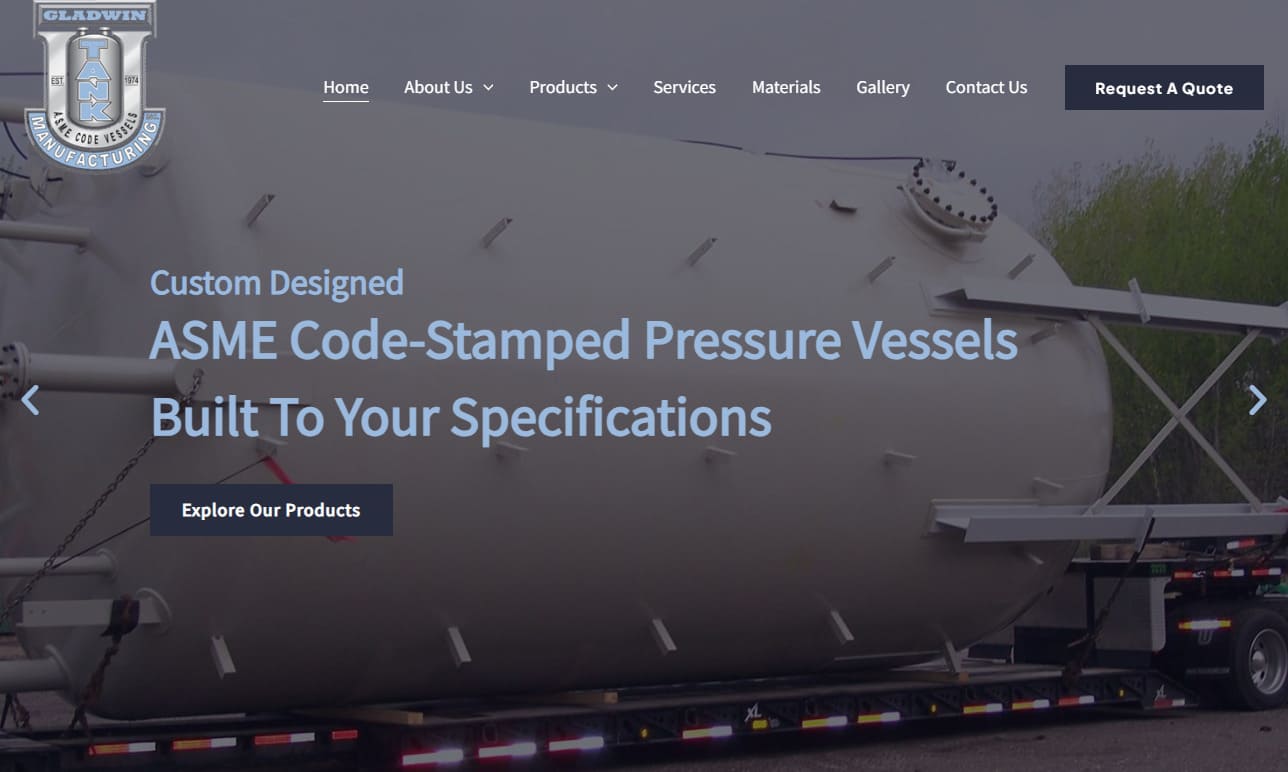
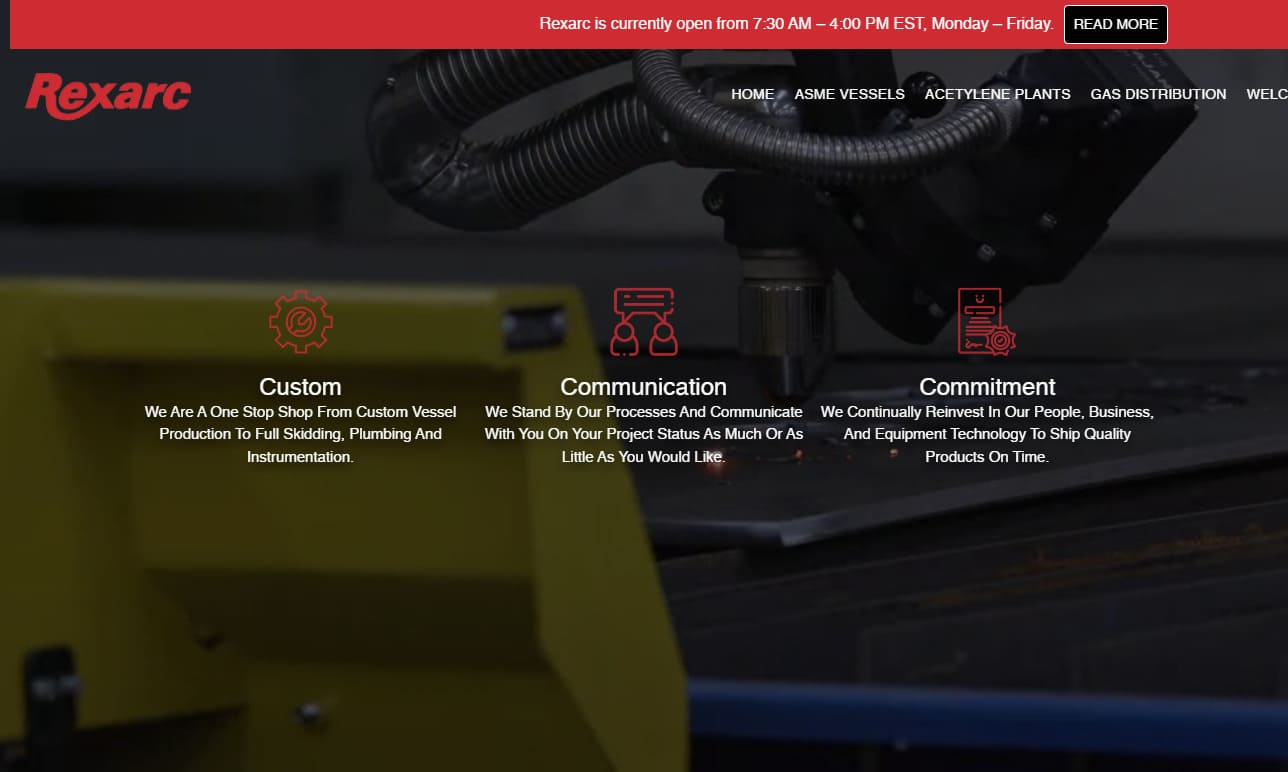
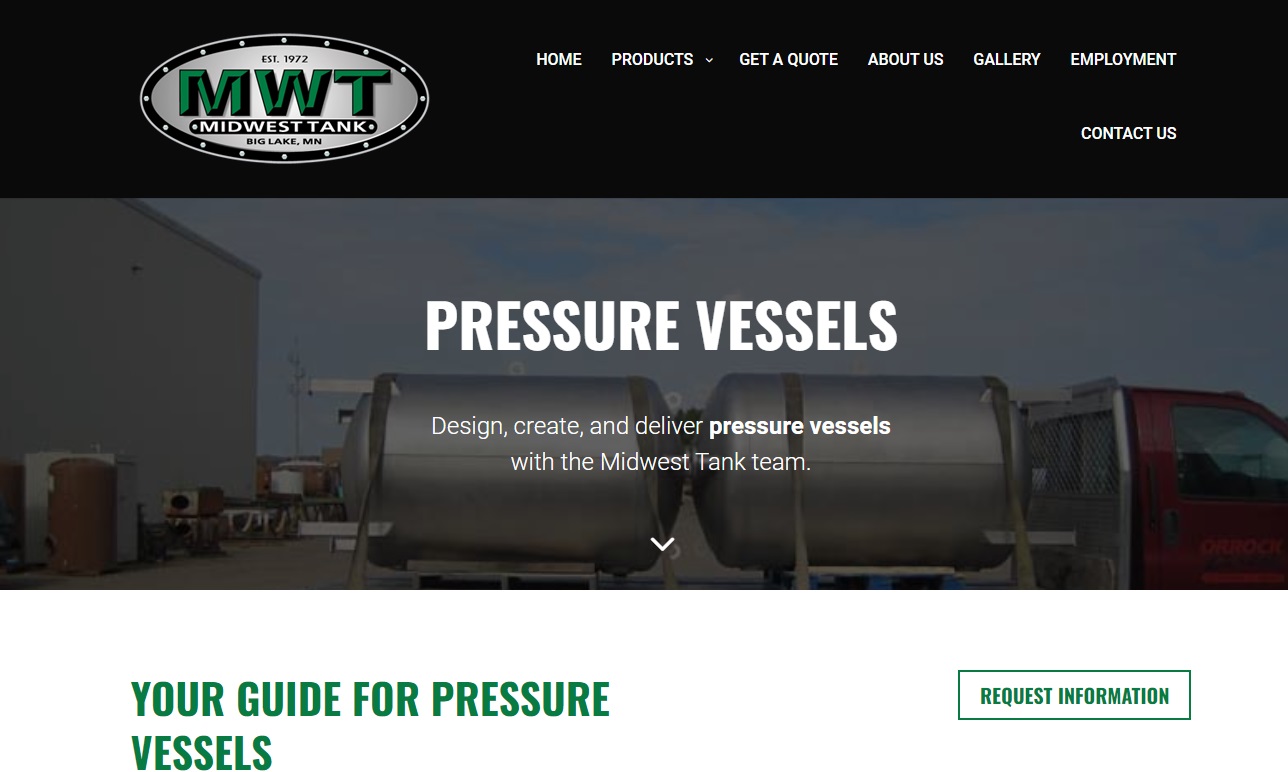
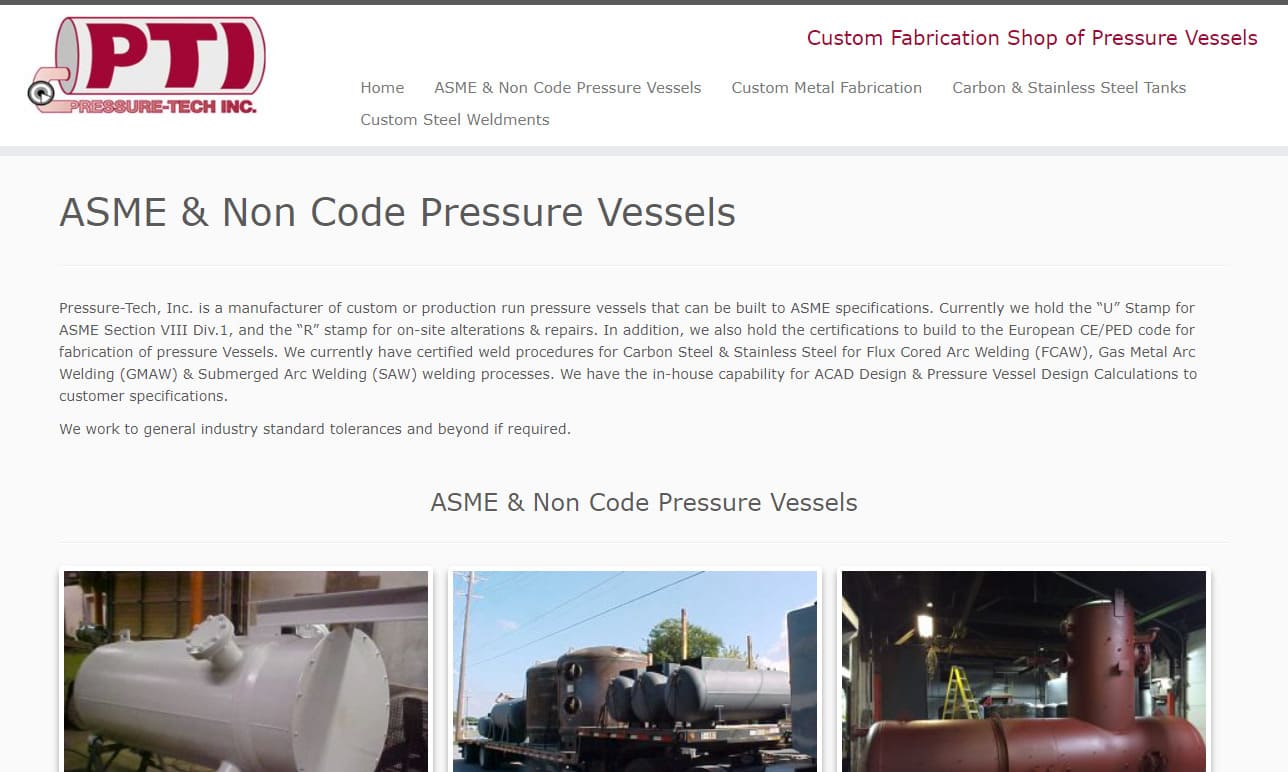

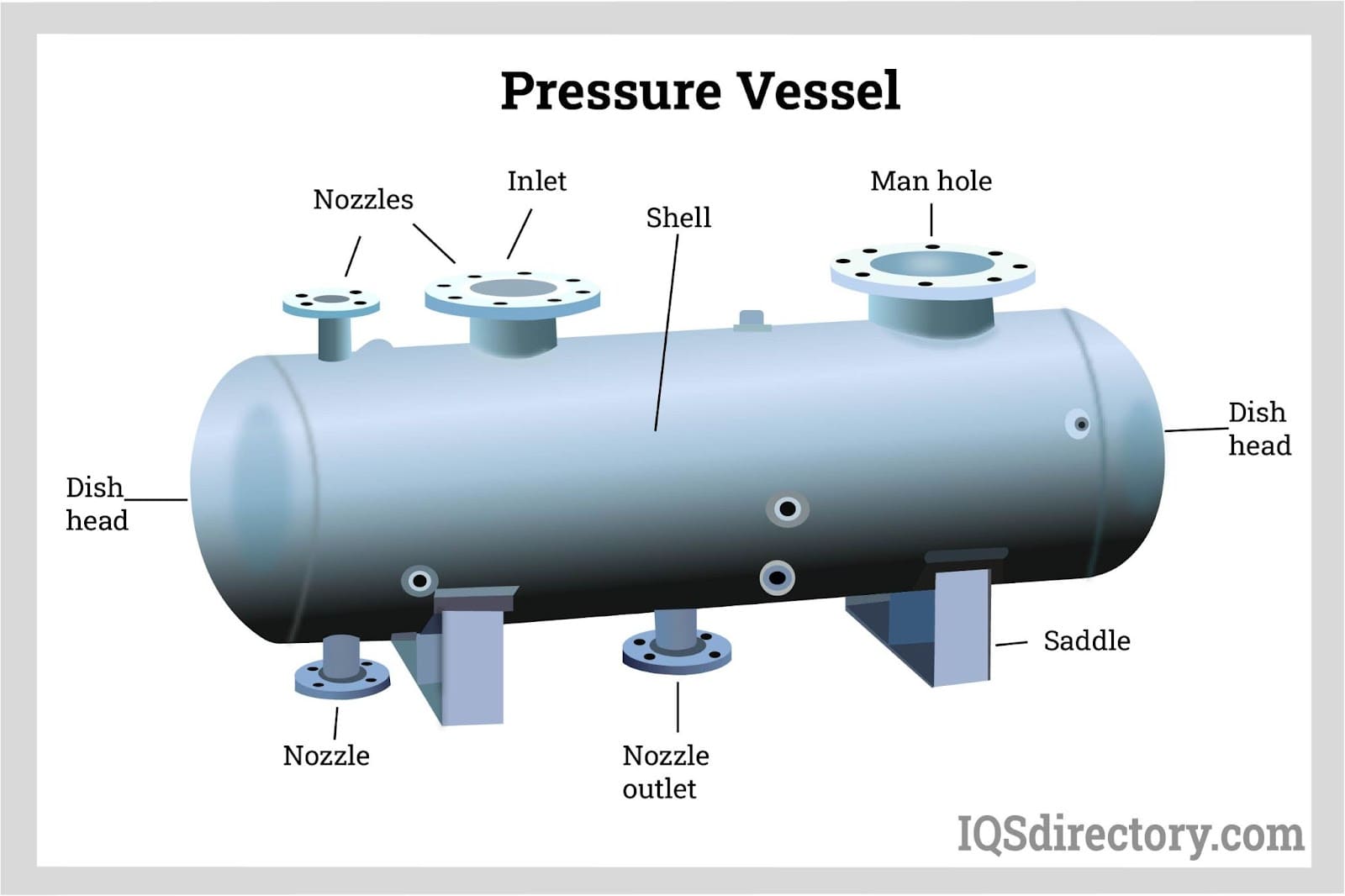
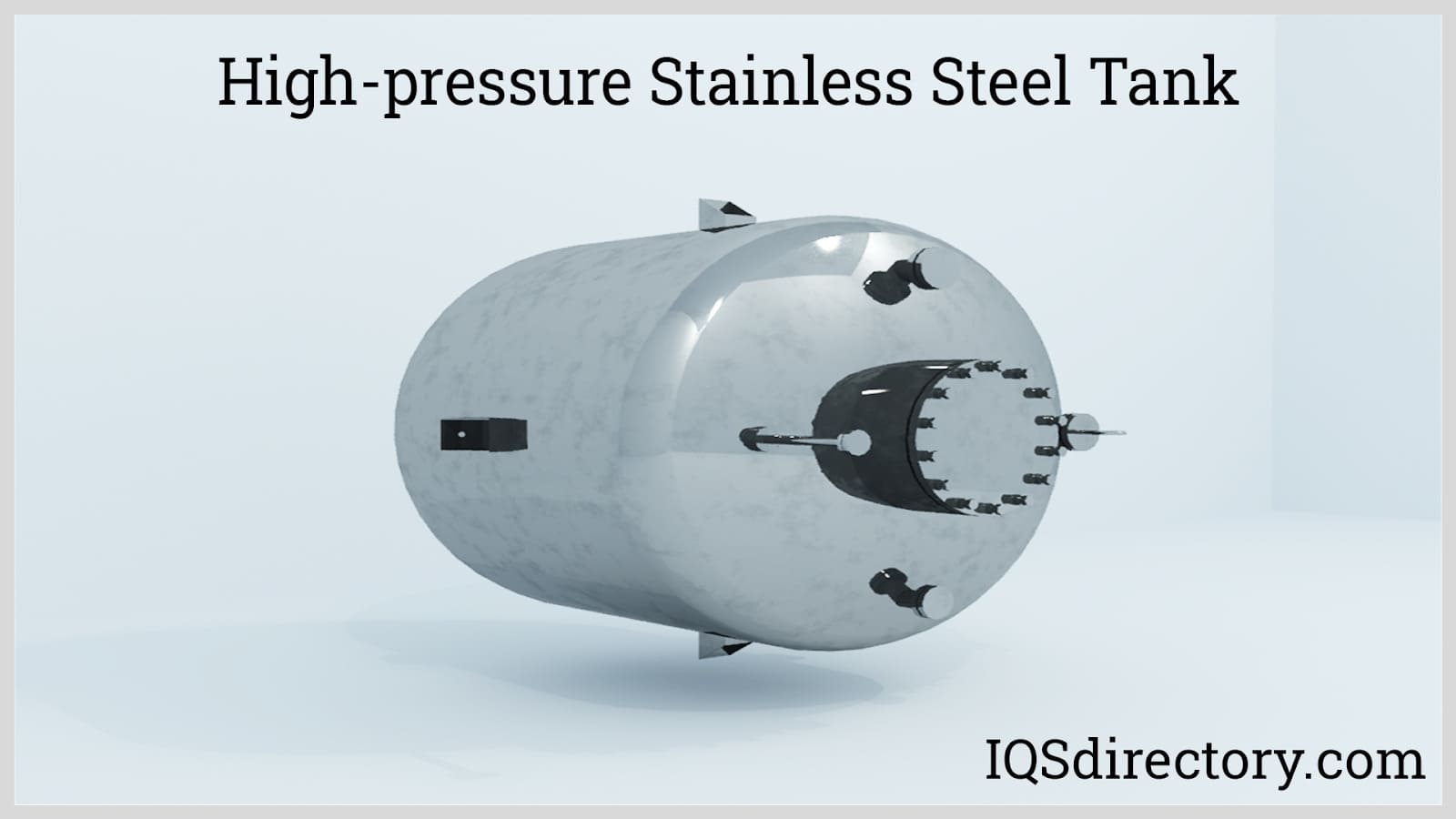
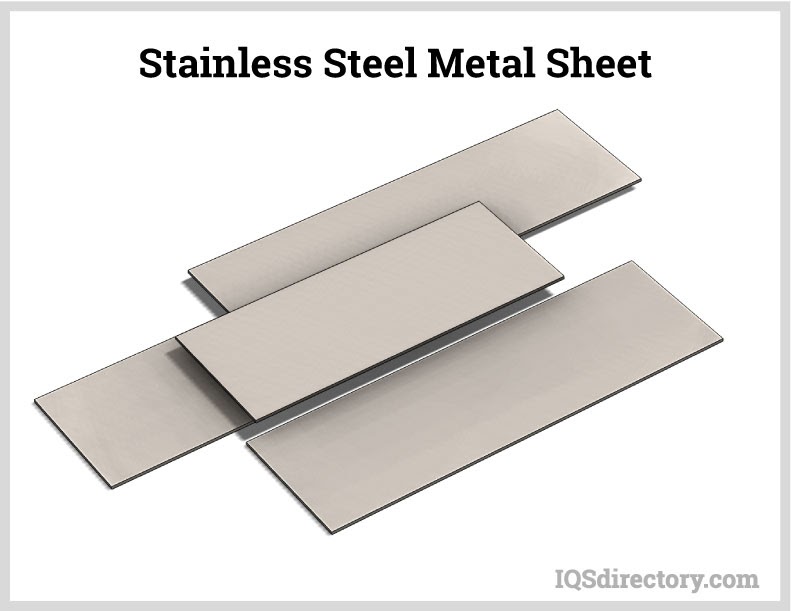

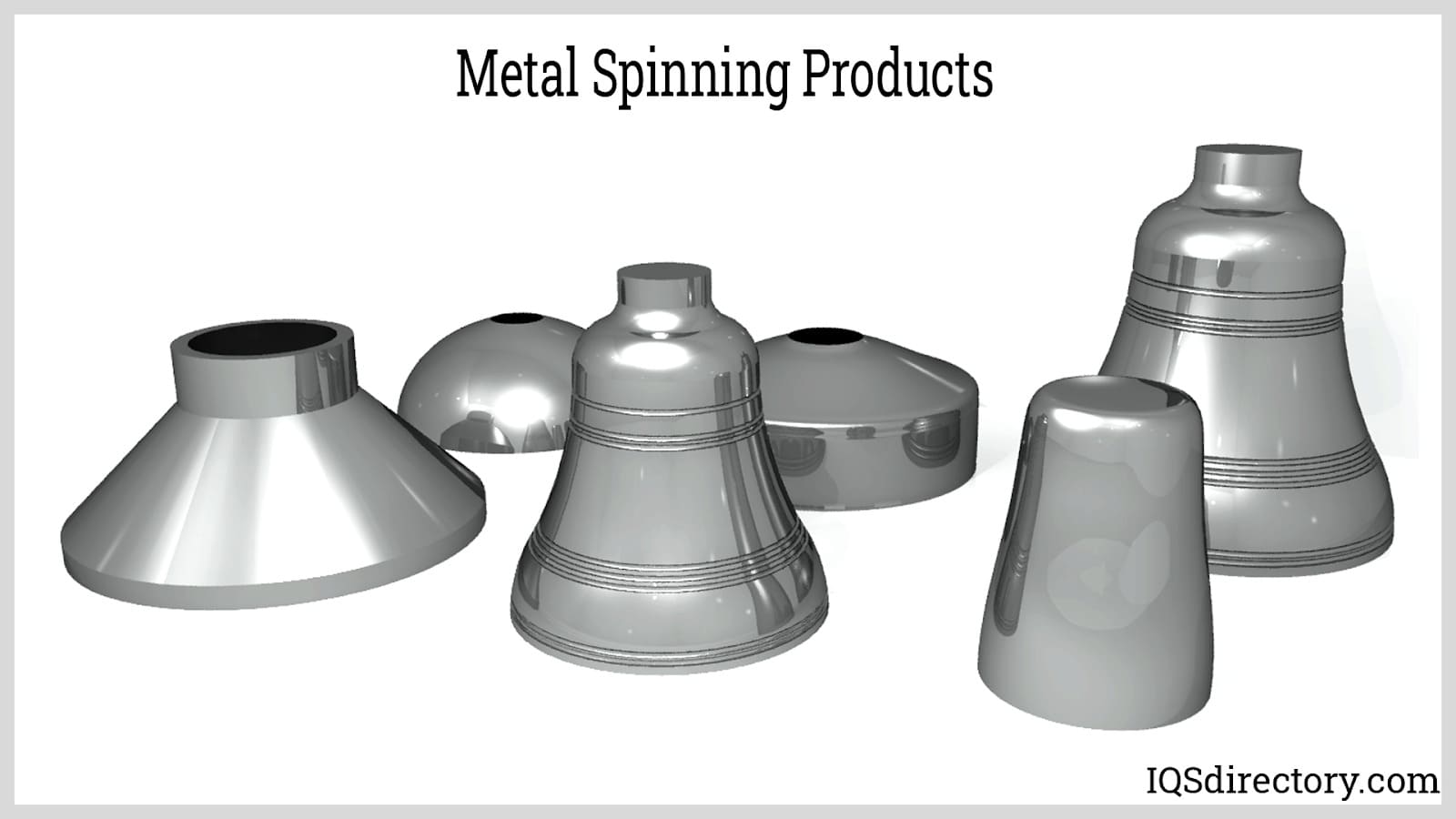
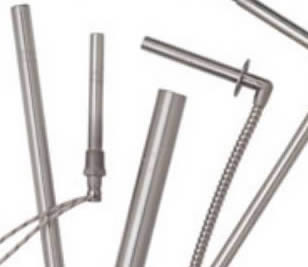 Electric Heaters
Electric Heaters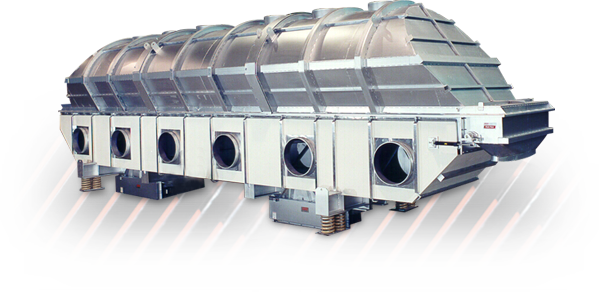 Industrial Dryers
Industrial Dryers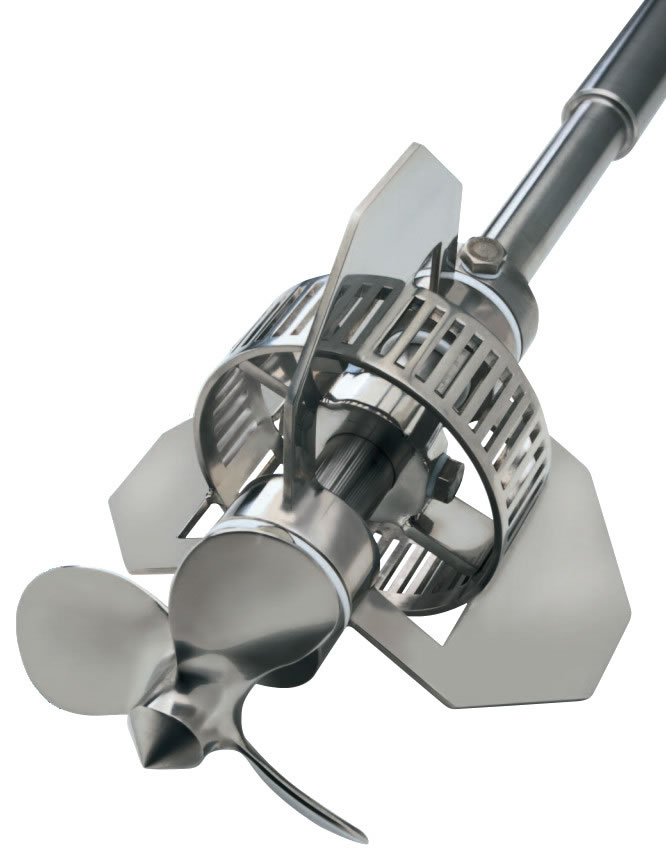 Industrial Mixers
Industrial Mixers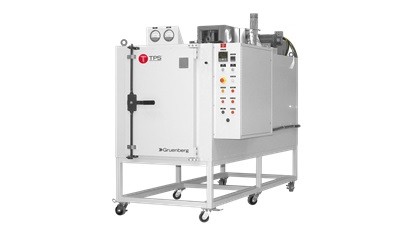 Industrial Ovens
Industrial Ovens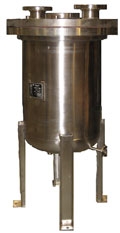 Pressure Vessels
Pressure Vessels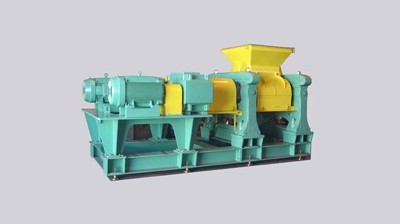 Pulverizers
Pulverizers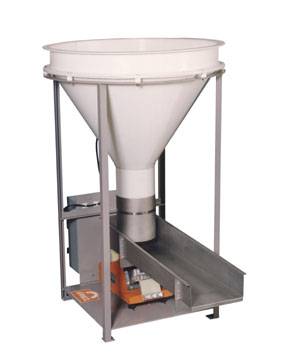 Vibratory Feeders
Vibratory Feeders Castings & Forgings
Castings & Forgings Bulk Material Handling
Bulk Material Handling Electrical & Electronic Components
Electrical & Electronic Components Flow Instrumentation
Flow Instrumentation Hardware
Hardware Material Handling Equipment
Material Handling Equipment Metal Cutting Services
Metal Cutting Services Metal Forming Services
Metal Forming Services Metal Suppliers
Metal Suppliers Motion Control Products
Motion Control Products Plant & Facility Equipment
Plant & Facility Equipment Plant & Facility Supplies
Plant & Facility Supplies Plastic Molding Processes
Plastic Molding Processes Pumps & Valves
Pumps & Valves Recycling Equipment
Recycling Equipment Rubber Products & Services
Rubber Products & Services